Office & Home Printing Business
Lead the evolution toward distributed printing to reduce environmental impacts and increase work productivity by proposing inkjet technology, paper recycling technology, and open solutions
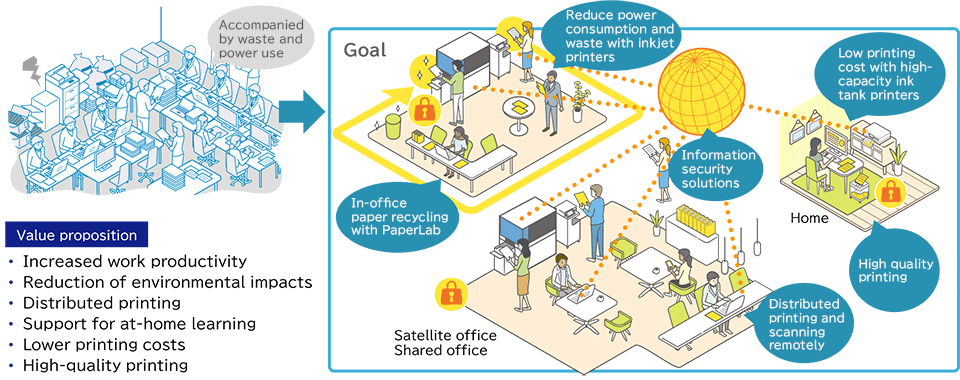
Strategy
Epson inkjet printers have many features that mitigate environmental impact. Heat-free technologyminimizes power consumption, since heat is not used to eject ink. A simple construction means fewer parts to replace and less frequent maintenance. High-capacity ink tanks reduce the frequency of ink replacement. Laser printer toner is largely composed of underground resources, such as petroleum-derived polyester resin. In contrast, the main ingredient of water-based pigment ink is water, a more sustainable material.
To contribute more to environmental solutions, we will further expand our lineup of printers that embody Epson’s unique value proposition, communicate the advantages of our inkjet technology in mitigating environmental impact, and accelerate a technology shift from laser printers to inkjet printers. We are driving evolutionary advances in printing. The goal is to improve customer convenience and productivity and to win their loyalty. Toward that end, we strive to understand how and where our customers use our products and the problems they encounter, provide them with tools for operating and managing their printing equipment and consumables, and alleviate the burden and stress of various printing-related tasks.
Inkjet Printer for Small Office and Home
Epson is a pioneer in the market for high-capacity ink tank models which are suitable for low cost and high-volume printing. We saw growth along with the market expansion and will continue to maintain stable business operations by promoting the value of these printers.
Inkjet Printer for Office
Most of the MFPs and printers used in offices today use laser printing technology. Epson aims to expand our market share in office printers and drive business growth by promoting inkjet technology for MFPs and printers which offer outstanding environmental performance and convenience.
Product Lineups
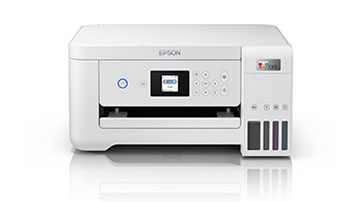
Home Printers
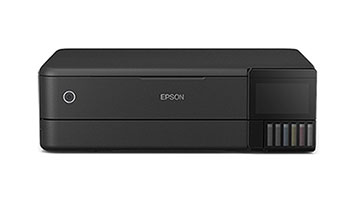
High Quality Photo Printers
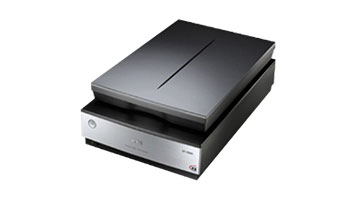
Photo Scanners
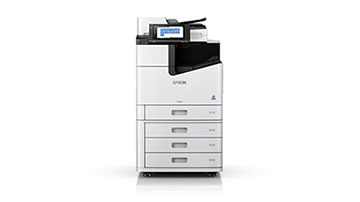
Inkjet Printer for Office
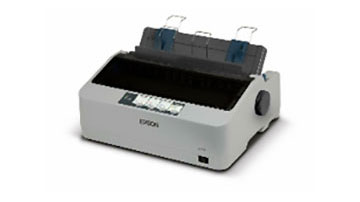
Dot Impact Printers
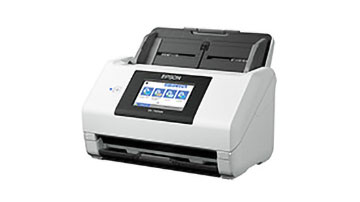
Document Scanners

Dry-process Office Papermaking Systems
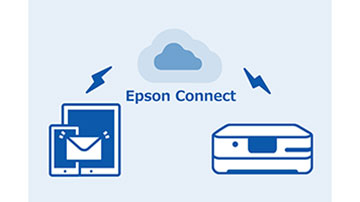
Applications and Cloud Services
Main Solutions
Reducing Office CO₂ Emissions by half1 with Inkjet Technology
Epson's inkjet printers offer low power consumption, due to having a simple printing process compared to laser printers. Furthermore, Epson's inkjet technology does not use heat to eject the ink. They also have fewer replacement parts, contributing to a reduction in environmental impact.
Epson aims to lessen the environmental impact in the office while capturing business growth by replacing laser printers with our inkjets.
Learn more about Epson's inkjet printer technology
In-Office Resource Circulation: PaperLab
Epson's "Dry Fiber Technology" creates a new resource cycle within the office, by converting used paper back into fibers, which are bonded and formed into paper again.
By using PaperLab A-8100 to recycle paper, we can reduce CO₂ emissions compared to the lifecycle emissions of commercially available paper.2Additionally, Epson will carbon offset the CO₂ emissions when using A-8100 to achieve "net zero3".
Learn more about Dry Fiber Technology
1 The reduction ratio when comparing the TEC of Epson Smart Charge A3 multifunction printers with the standard TEC given in the ENEGY STAR® Imaging Equipment Specification Version 3.0.
2 CO₂ emissions were calculated by Epson under the supervision of the Itsubo Laboratory, Department of Resources and Environmental Engineering, School of Creative Science and Engineering, Waseda University.
3 Operating conditions: For 10 years usage with approximately 2,000 sheets of plain paper per day, 240 days per year, the lifecycle CO₂ emissions for 1 ton of dry fiber paper, calculated to be approximately 1,755 kg, will be offset using carbon credits.
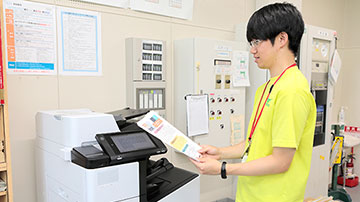


Global Market Share
(including laser printers, unit volume)
Global Market Share1
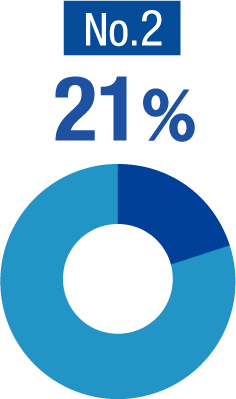
(unit volume)
Global Market Share2
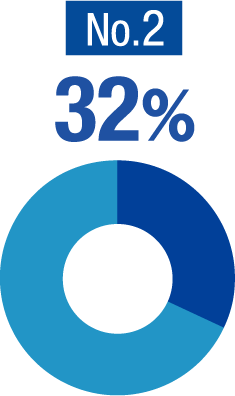
1 Source: IDC’s Worldwide Quarterly Hardcopy Peripherals Tracker 2025Q1 Share by Brand. Laser printers = up to 90 ppm monochrome laser printers. Color laser = up to 69 ppm
2 Source: IDC's Worldwide Quarterly Hardcopy Peripherals Tracker 2025Q1 Share by Brand
Explore Other Activities
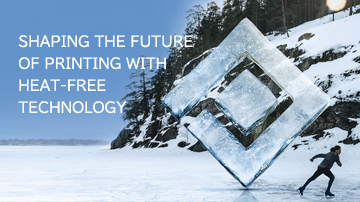
Heat-Free Technology
Epson's Heat-Free Technology does not require heat for ink ejection and reduce environmental impact.
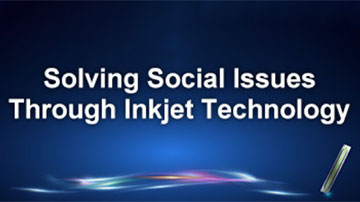
Solving Social Issues Through Inkjet Technology
"We want to change the world with inkjet technology." We are advancing innovation to help achieve sustainable future.
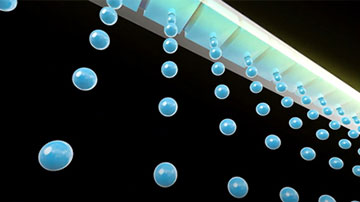
Printer Technologies
Introducing Epson's inkget technology.
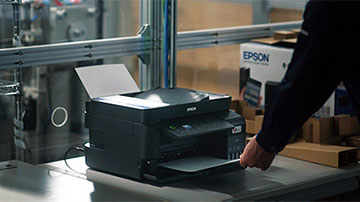
Preserving Nature's Abundance for Future Generations Through Recyclables
Epson uses recyclable resources in its core product line, printers.


